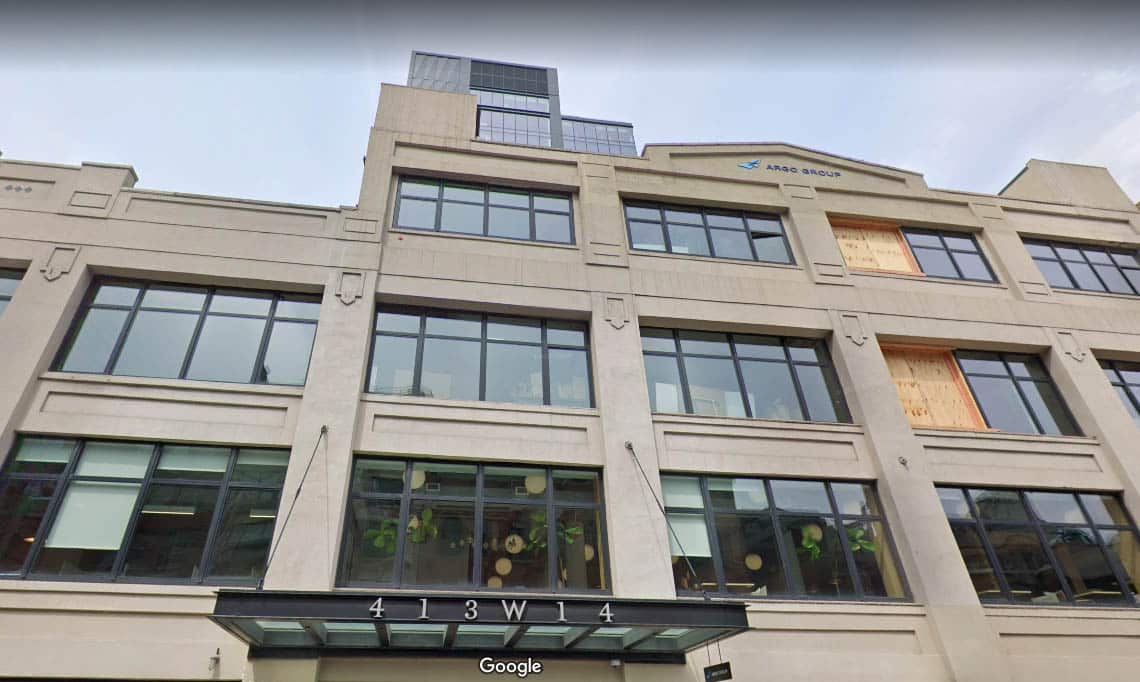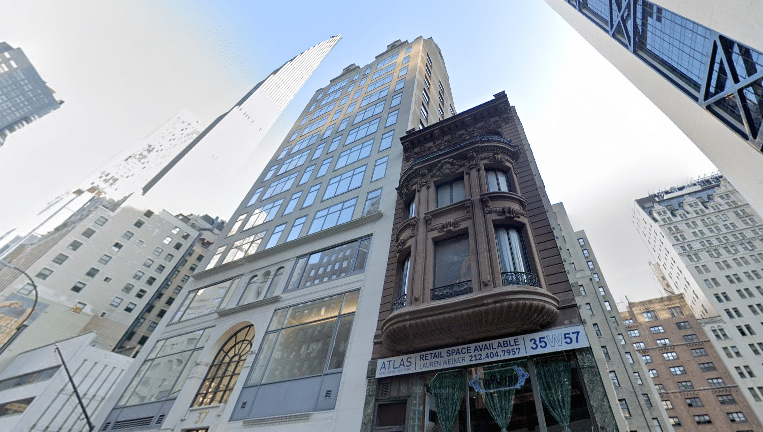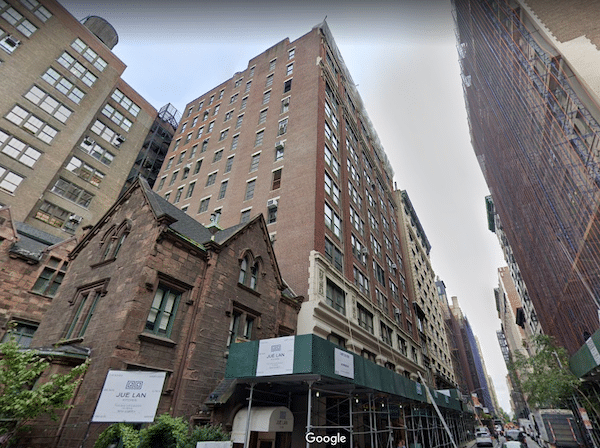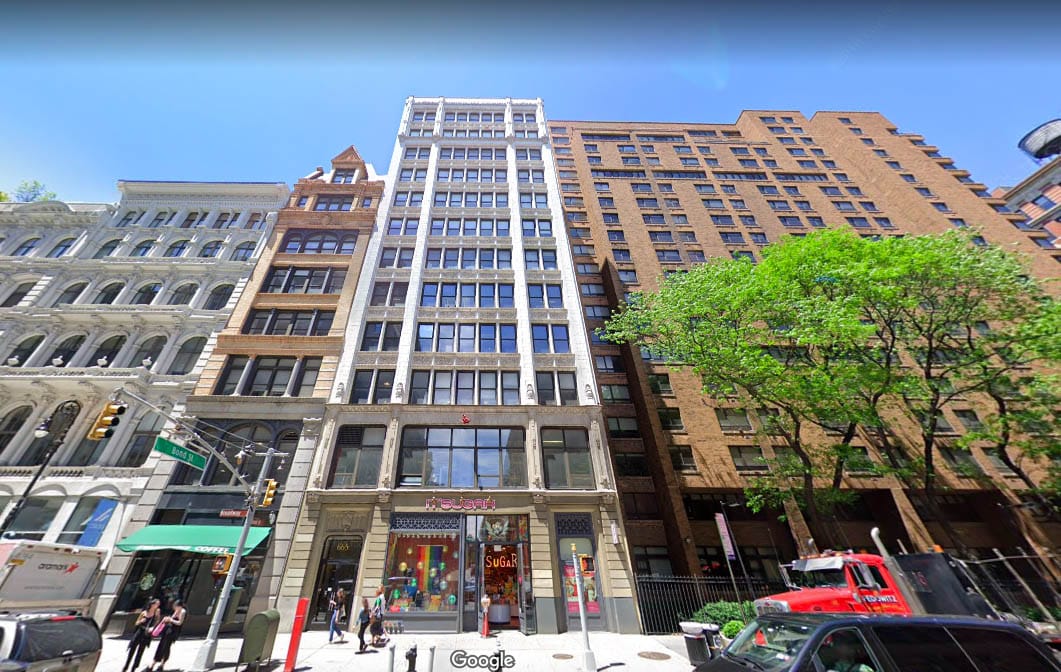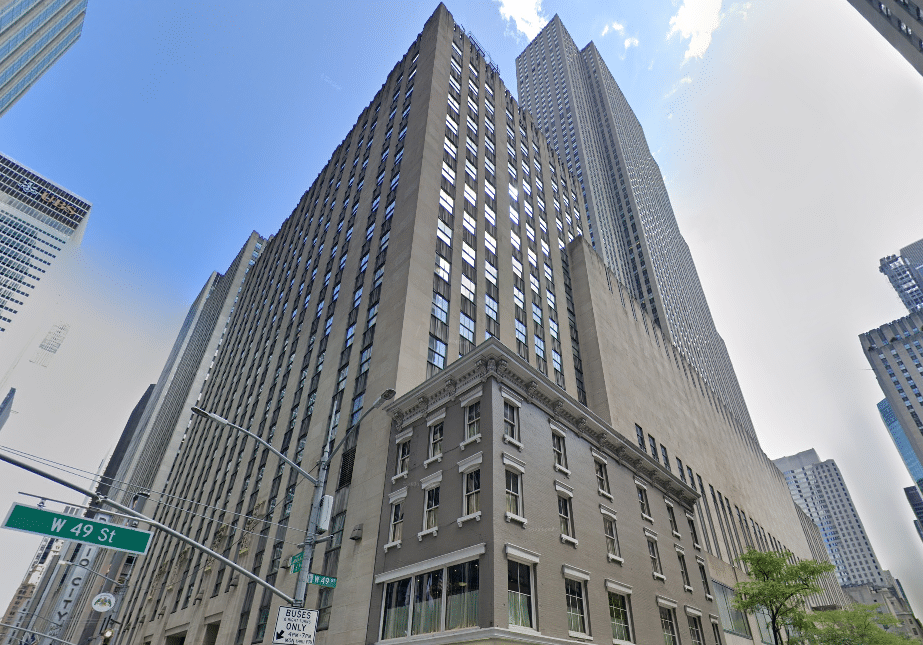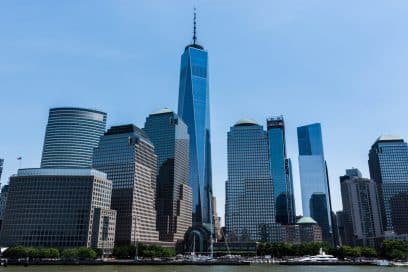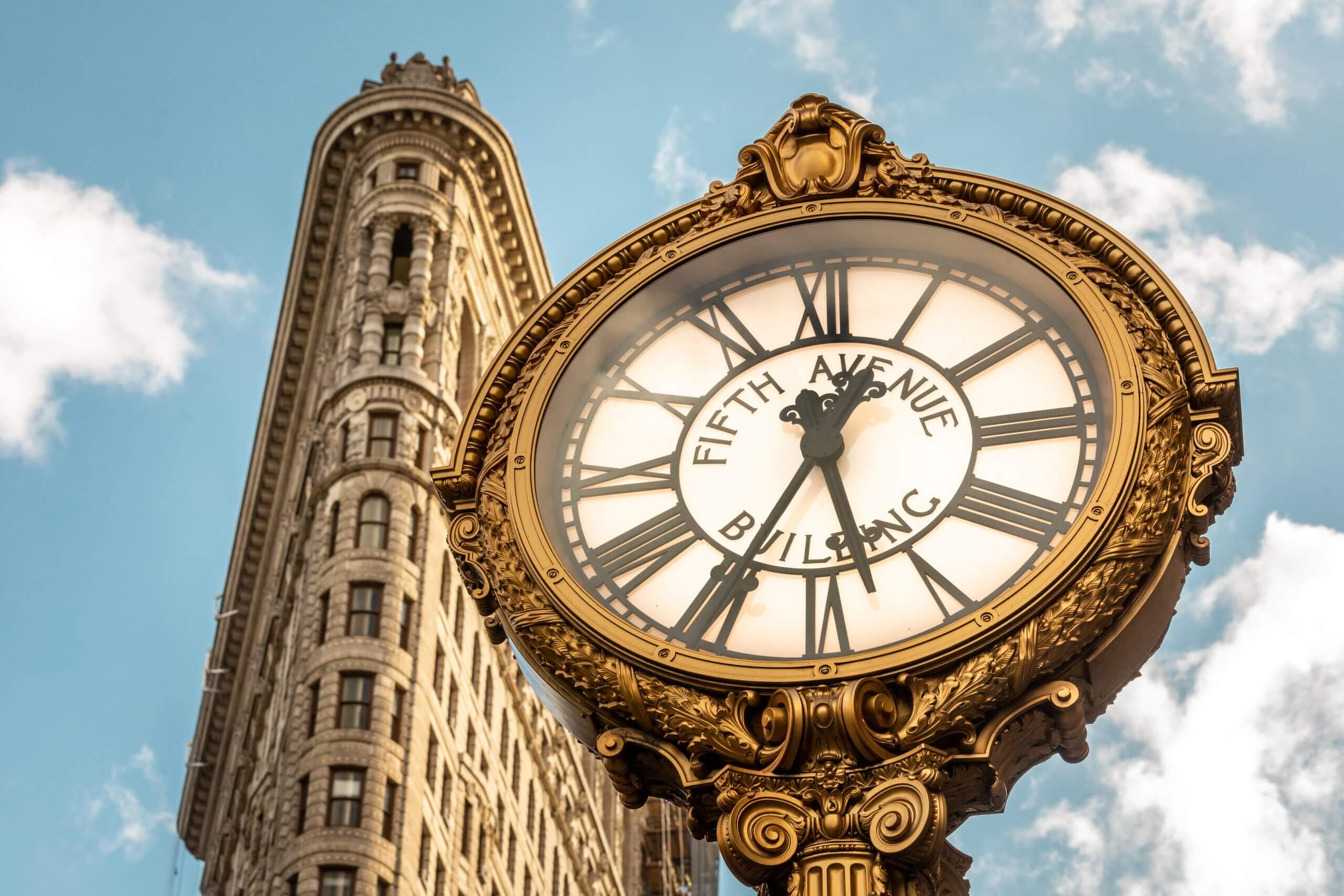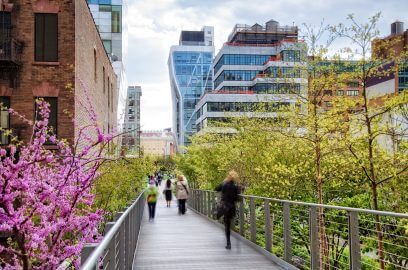With the weather getting warmer, so is New York City’s office market, despite its share of challenges. As it shows signs of life and potential growth, Wall Street giants like Morgan Stanley are cautiously optimistic, reflecting a broader sentiment starting to permeate Lower Manhattan and beyond.
New York City’s office market story is one of adaptation and cautious optimism. Looking at the latest activity trends and strategic moves by major firms, there’s evidence that the sector could be on the cusp of a rebound. So, let’s unpack the market’s evolving dynamics, key trends, figures, and recent developments that add context and substance to this notion.
Morgan Stanley’s Fresh Perspective on the New York City Office Market
The vibe around New York City’s office market is cautiously shifting with a tinge of hope in the air. With Morgan Stanley, sitting on a cool $4 billion in office loans, showing cautious optimism based on its recent analysis, you can’t help but wonder, “What’s got them feeling so upbeat?” In their view, it’s all about the classic game of supply and demand. With new developments harder to come by, existing structures will inevitably become more valuable, namely the highest-quality properties.
Concrete Optimism: Morgan Stanley’s Bet on Vornado
Morgan Stanley’s recent move to upgrade Vornado Realty Trust’s shares from “underweight” to “equal weight” reflects its supply-demand thesis and signals a strategic bet on its future. Despite Vornado’s shares tanking 36% over the past two years, while facing a 17% fall in core funds from operations—one of the worst in the industry—Morgan Stanley has cautious optimism and sees this as a potential value play as it refreshes and repurposes its properties.
First, there’s Penn 2, formerly 2 Penn Plaza. Excitement is brewing over its neighbor Madison Square Garden’s lease. Projections see it soaring by 40% to $105 per square foot—a clear signal of high demand. Echoing this enthusiasm is the swift leasing of spaces at prime locations like 1290 Sixth Ave. and the Farley Office Building, where tenants have already snapped up about half the upcoming vacancies. Vornado’s resurgence isn’t limited to offices, either; its retail sector is also rebounding. The company’s strategic flexibility is on display, considering the sale of a couple of buildings to reduce debt or boost reserves. Moreover, the fate of the Hotel Pennsylvania site is at an intriguing juncture, potentially transforming into an apartment tower if an anchor tenant doesn’t emerge, a move Morgan Stanley hints could happen.
Boston Properties’ Gamble: Optimism Meets Reality
Boston Properties is another landlord to watch. As the owner of the General Motors Building, it harbors ambitious plans to erect a 900,000-square-foot skyscraper at 343 Madison Ave., aiming to rival JPMorgan’s new skyscraper. However, there’s a catch: they will not break ground until they can secure tenants willing to pay north of $200 per square foot for the lower floors.
Why? The simple answer is that despite cautious optimism, New York City’s office space market remains a puzzle where only some of the pieces fit. On one hand, Park Avenue’s vacancies are shrinking. Still, just a few blocks over, in other Midtown submarkets, there’s a different story with rising empty spaces. Kastle Systems hints at a city still on the fence about returning to desks and conference rooms despite some optimistic murmurs from the finance world. And looming over all this is a ticking clock for landlords, who face refinancing mortgages at higher interest rates.
Financial Perspectives and Strategic Moves
New York City’s office market has a mix of hope and realism. Entities across the board are making calculated moves, skillfully leveraging emerging opportunities while diligently mitigating risks. The goal is to get creative and make sense of a market slowly but surely finding its footing.
Market Adjustments and Financial Health
A tinge of optimism brews as the New York City office market hints at a potential recovery. 90% of organizations could return to the office in 2024. Additionally, office occupancy levels hover around 51% as of March 2024. Even though landlords and investors confront the harsh reality of mountains of debt coming due and refinancing at higher interest rates, these higher rates open doors to increased rental incomes and better occupancy rates, offering savvy landlords a chance to rethink and retool their strategies. The retail sector too, especially Fifth and Madison Avenues, is experiencing a revival marked by falling vacancies and a boost in leasing activities.
Amidst this cautious optimism, landlords are adopting varied approaches. Some, inspired by the Vornado strategy, explore “opportunistic” sales, leveraging improving market conditions to manage debt and perhaps even pocket a profit from properties whose values have soared. This approach not only eases immediate financial pressures but also smartly capitalizes on market moves. On the flip side, entities like Boston Properties employ more measured tactics. This camp is holding back on new developments and is awaiting pre-leasing commitments before breaking ground. This conservative strategy aims to anchor developments with guaranteed income, reducing the gamble of new ventures.
Signs of Revitalization in Lower Manhattan
Another factor to consider when being cautiously optimistic is reading the tea leaves of a Lower Manhattan recovery. Of course, there are still challenges. Downtown’s office market has vacancy rates between 20% and 23%, and buildings are teetering on edge, such as the foreclosed 1-million-square-foot 111 Wall Street and the largely non-leased 60 Wall Street. However, there’s an optimistic signal that hints we could be at or near a bottom: a surge in property tours.
According to VTS, December 2023 through February 2024 saw a 40% increase in tours compared to the previous three months, outpacing Midtown and Midtown South. This surge in interest isn’t a fluke, either. It represents potentially tangible change, driven by lower rents and the hunt for value. Companies, particularly those needing sizable spaces over 50,000 square feet, are particularly drawn to Downtown because it’s a value play with plenty of “steals” in a still-soft market poised to reverse.
The Tenant Perspective: Adapting to a New Market Reality
Finally, what ties this landscape together is how New York City’s office market sees a future dictated by evolving tenant needs and preferences. The flight to quality remains very real, as is a prioritization of flexibility and amenities.
Demand for Quality and Flexibility
Office buildings are the busiest they’ve been since early 2020, and renovated properties and trophy Class A buildings are largely the reason why. Today’s workforce craves modern, adaptable, amenity-rich environments that resonate with the hybrid work model.
Companies eye spaces that can morph from private offices to collaborative hubs within a footprint of about 5,000 square feet or less. It’s a move that mirrors the broader transformation in work culture, propelled by a collective yearning for places that are not just about work but wellness, flexibility, and community. Landlords know this, too, and it’s why they prioritize amenities. From rooftop terraces offering breathtaking city views to gourmet restaurants and full-service gyms, these features are more than just add-ons; they’re central to the narrative of attracting and retaining discerning tenants. Plus, landlords reap the rewards. For instance, buildings with comprehensive wellness facilities, including locker rooms and showers, can command rent premiums over five times higher than those without.
Sector-Specific Growth
New York City’s commercial real estate is buzzing with activity, a testament to its growing appeal across various industries. The city is transforming, becoming a magnet for many sectors, from tech startups to creative powerhouses. The tech sector, in particular, has seen explosive growth. Between 2016 and 2021, these firms made up 22.3% of all new businesses, with tech employment jumping by 33.6%. This surge has propelled NYC’s tech scene to new heights, now home to over 172,570 tech jobs and a valuation soaring to $189 billion. It’s not just the numbers that tell the story but the spaces themselves, offering flexible, tech-forward, open, connected, and collaborative environments catering to both emerging startups and established giants.
Meanwhile, traditional business districts aren’t standing still. Iconic areas are integrating modern amenities and innovative technologies, with developments like The Spiral and 107 Greenwich Street setting new standards for what corporate giants can expect from office spaces. It’s a balancing act between honoring the city’s economic legacy and paving the way for future innovations. Furthermore, the retail sector mirrors this optimism, with prime locations like Fifth and Madison Avenues witnessing a revival, underscored by significant leases and a noticeable uptick in consumer spending.
Key Takeaways and Final Thoughts
As we enter spring 2024, New York City’s office market confronts many challenges and opportunities. Financial strains and shifts in how we work are testing the market, yet a tangible sense of optimism is emerging. Businesses are not just surviving; they’re adapting, seeking out quality spaces that cater to new work models and evolve to meet the moment.
A careful balancing act marks this period of transition. On one side, there’s the challenge of supply constraints and financial pressures. On the other, tenant demands for better amenities and more flexible workspaces are pushing landlords and developers to innovate. The result is a resilient and adaptable market, hinting at a future where the office environment is not just a place to work but a space that enhances work. In this light, New York City’s office market is not just at a crossroads but on a path to reinvention, reflecting a broader trend of adaptation and optimism in the face of change.







